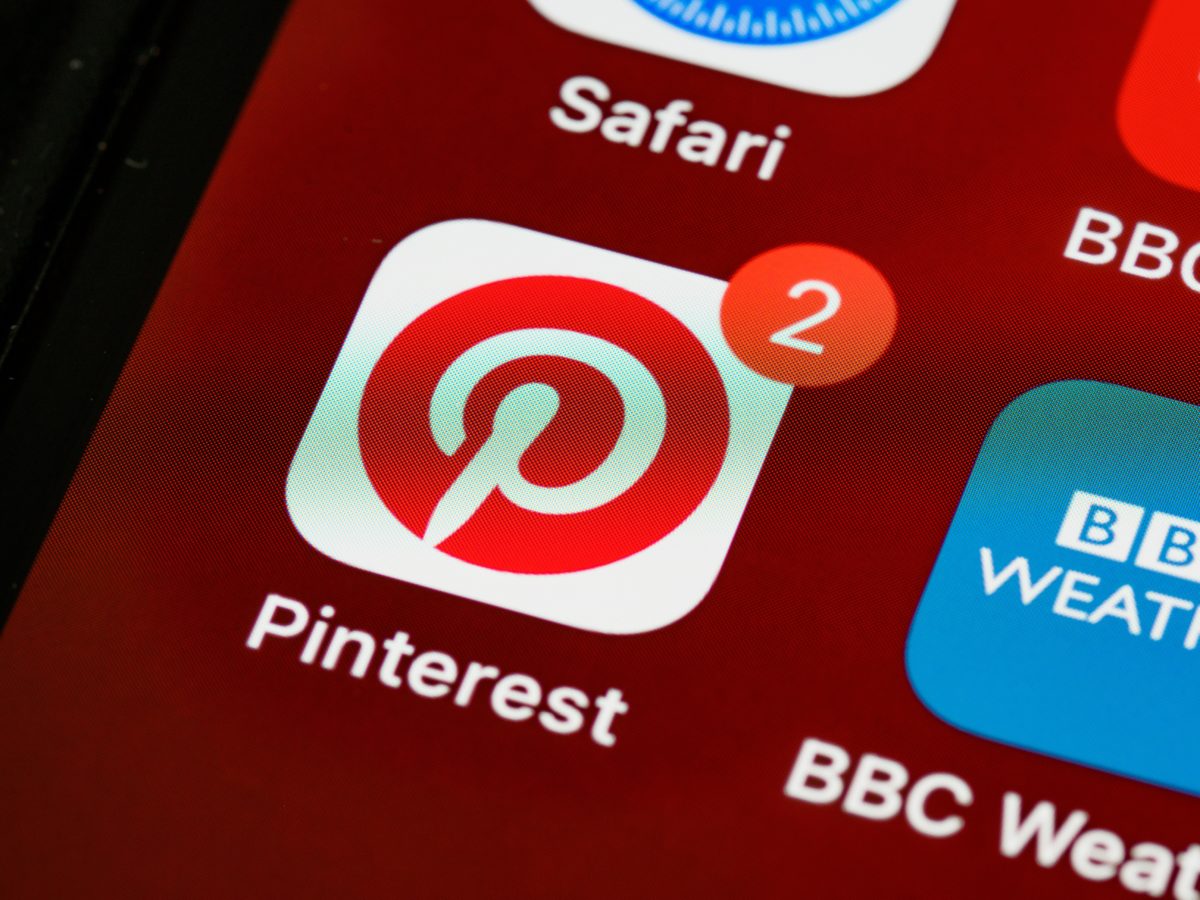While Pinterest has definitely been around as long as some of the other bigger social media platforms, it’s not often thought of first as a marketing opportunity. And it’s even less common to have a thought-out strategy for it. But if your brand’s target audience … Continue reading “6 expert tips for marketing on Pinterest”
Social media posting: How often should a brand really share?
For about as long as social media became a natural component of digital marketing, brands have wondered: “How often should I post?” Obviously, no one wants to post too much or too little. As of 2022, there are about 4 billion social media users across … Continue reading “Social media posting: How often should a brand really share?”
Want to receive more great content like this for free?
Subscribe to our newsletter to get best practices, recommendations, and tips for digital marketers


